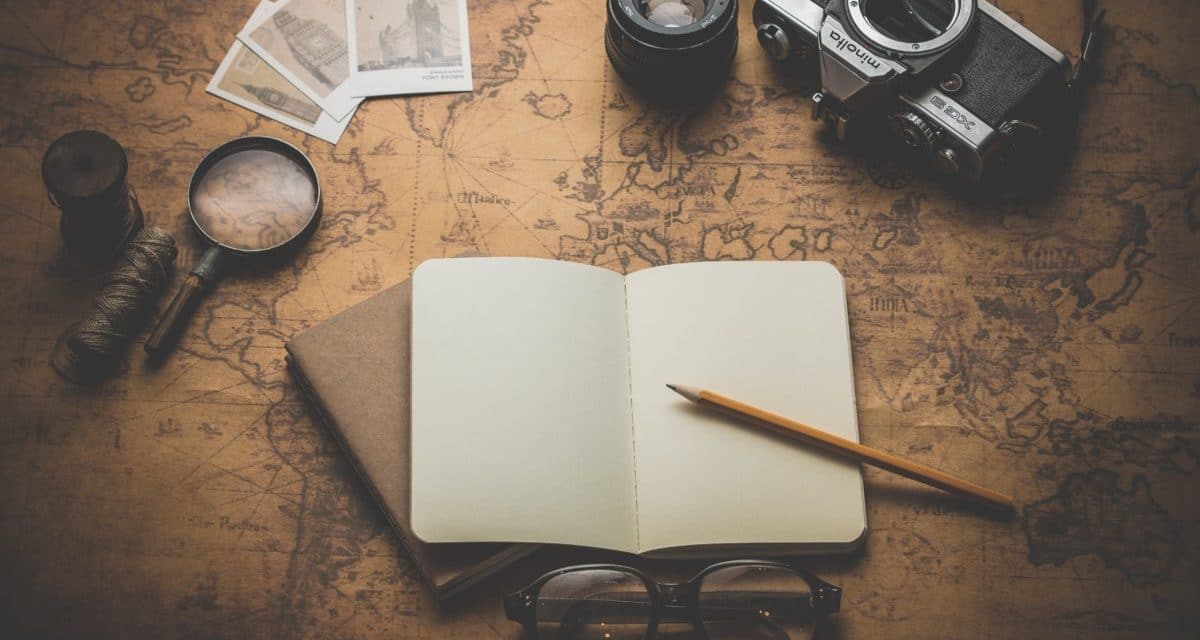[ad_1]
All of us have at some stage of our photography had a problem with camera shake and the resulting blurry image. Looking at the image on the camera's LCD screen we see a nice image. But once we get home and view it on the computer or have it printed out at a photo lab the disappointment sets in. How do we resolve this problem? Let's take look at a few easy steps to eliminate camera shake.
1. Tuck your elbows in
By tucking your elbows into your body tightly you help steady your camera and make it one with your body. This prevents the camera moving when your arms move even if it is very slightly. You want a firm platform for your camera. This is especially so when shooting with a wide aperture or a slow shutter speed. Before you press the shutter take a deep breath then exhale completely. You want to prevent even the slightest movement when breathing.
2. Place your feet apart
By placing your feet slightly apart and standing firmly but comfortably you form a solid foundation. This will help you keep your balance and anchor you firmly to the ground. Balance is so important when shooting an image while standing straight up. Never place your weight on just one foot as you will begin to sway slightly. This is often just enough to add a little movement which removes the sharpness from an image.
3. Use a tripod or monopod
When a situation allows it, use a tripod. There is nothing like a sturdy tripod to eliminate camera shake completely. When shooting in low light you need to reduce your shutter speed to allow in more light. This will emphasise camera shake dramatically because even the best photographer cannot completely eliminate it. If a tripod is not possible a monopod can be extremely useful. Not as sturdy as a tripod, it will give you a firm base for your photo shoot.
4. A bean bag
A small bean bag is an essential item in any photographer's photo bag. This allows you to rest your camera on a firm surface forming a cushion for your camera. Any surface that will securely support your camera is a temporary tripod. But, none of us want our cameras scratched or damaged by a rough or dirty so this is where the bean bag comes in handy. If you don't have one use any cloth bag and fill it with rice or corn and then sew it up or staple it.
5. Remote shutter release
All digital slrs have an input for an electronic shutter release. They aren't expensive and are invaluable when using a tripod or bean bag. Even with a tripod you introduce shake when pressing the shutter button. What the release does is allow you to press the shutter off camera via the cable that connects to the camera. This can also be wireless using a remote. You can also use the shutter release timer setting that allows a delay between the time you press the shutter and the time the picture is taken.
6. Mirror lockup
A digital slr camera has a mirror that sits in front of the shutter which covers the sensor. This reflects the image up through the viewfinder. When you press the shutter button the mirror flips up out of the way so that the image can be exposed on the sensor. When the shutter closes again the mirror drops back down into position. This causes micro vibrations which cause small amounts of camera shake even though the camera is mounted on a tripod or bean bag. Most slrs have a setting called mirror lock-up. Once you have composed your photo engage the mirror lock-up. You will no longer be able to see the image through the viewfinder. Now press the remote shutter release and photo is taken without any extra vibrations from the mirror.
These are just a few tips for reducing camera shake and increasing the sharpness of your images. There are many other tips which I will cover in a future article. In the meantime, try out these and you will be pleasantly surprised at the improvement in your images.
[ad_2]
Source by Wayne G Turner

